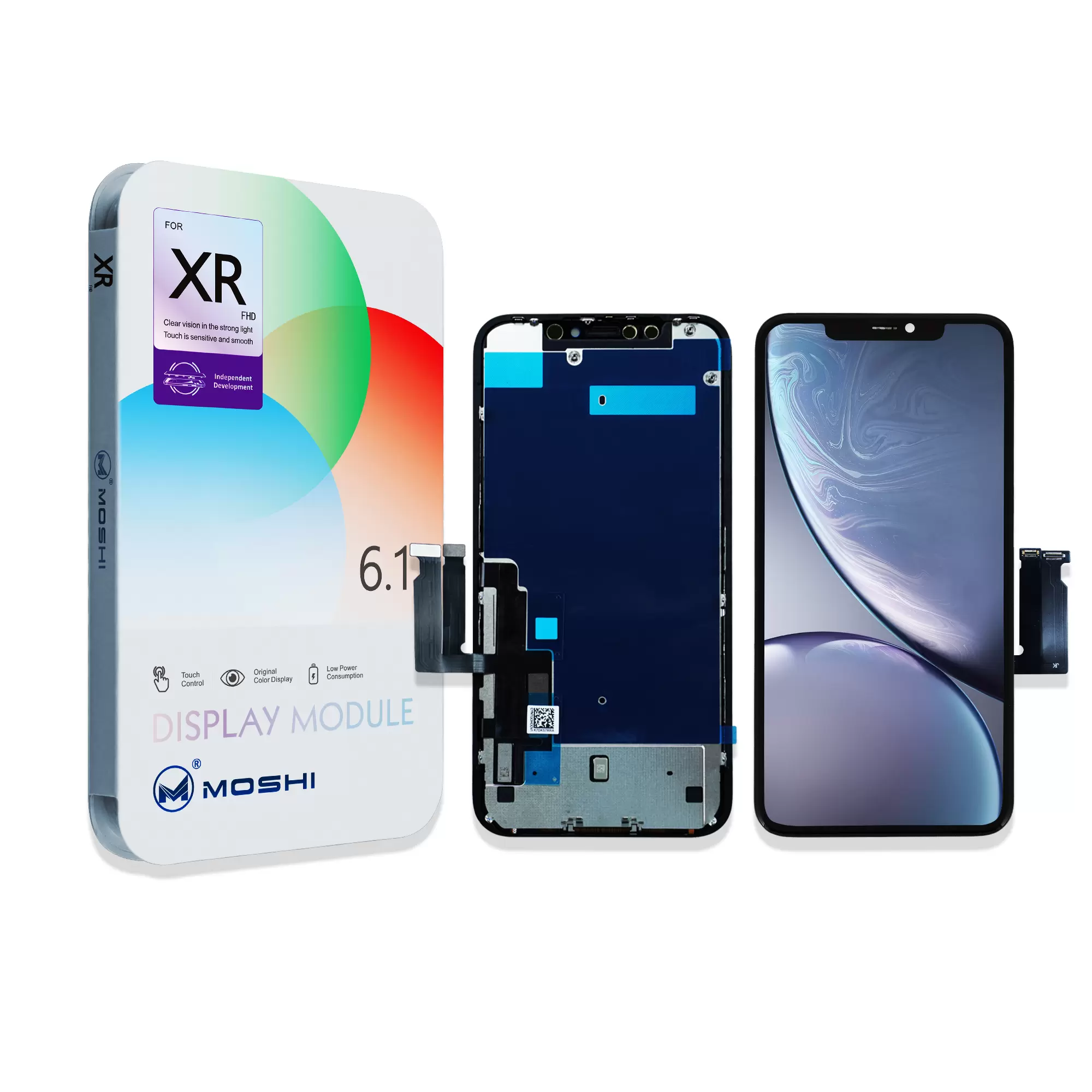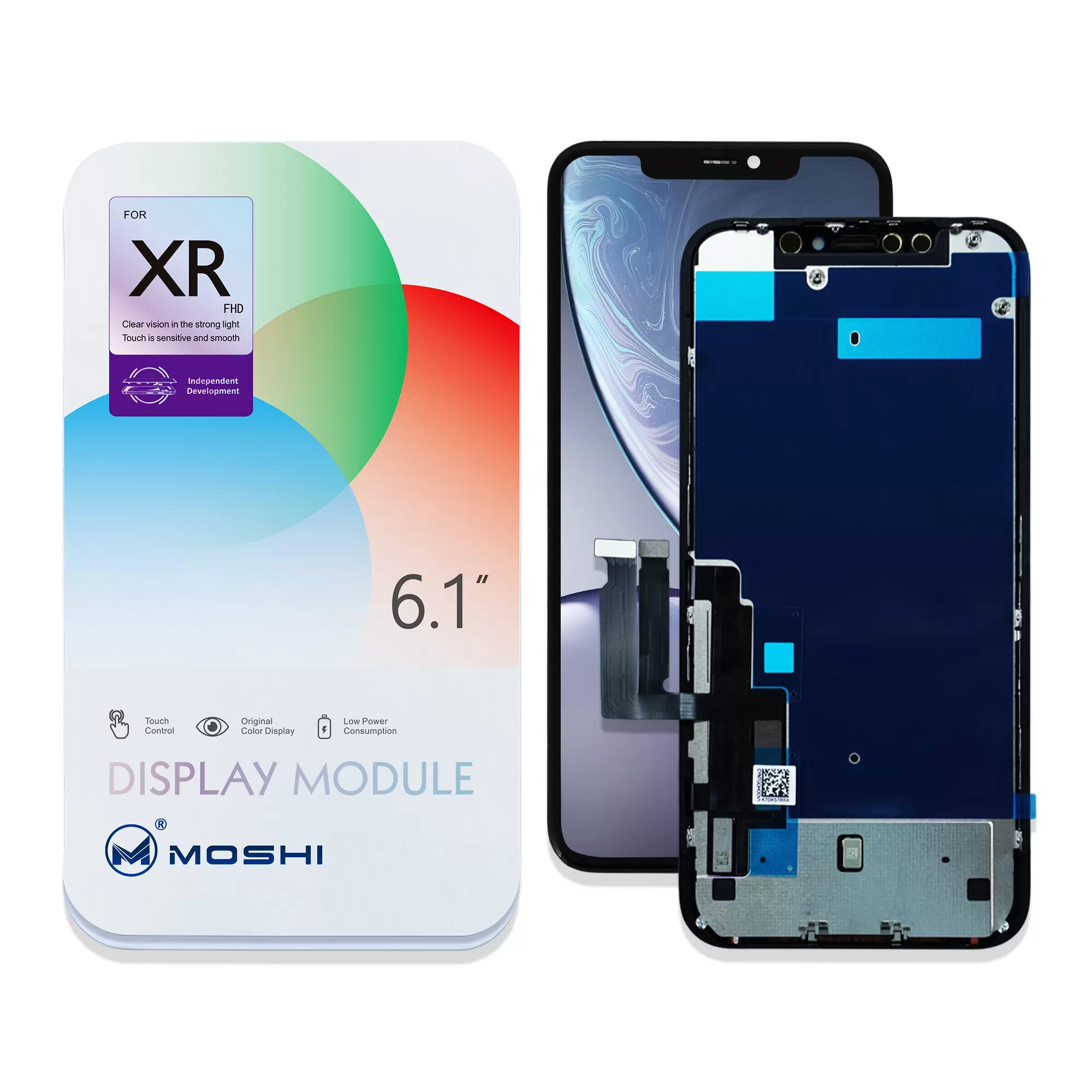In today's digital age, our lives revolve around our mobile phones. From communicating with loved ones to accessing important information on the go, mobile phones have become an essential part of our daily routine. And at the heart of these devices lies one crucial component - the screen.
But how much do we really know about mobile phone screens? In this blog, we will explore the ins and outs of these screens, from their history to the latest advancements and everything in between.
The first mobile phone was invented in 1973 by Martin Cooper, and it was a far cry from the sleek and slim devices we have today. The screen was a mere 2.5 inches and could only display a few lines of text. But over the years, with the introduction of smartphones, the screens have evolved drastically.
In the early 2000s, screens with color displays started to become popular, and by 2007, Apple introduced the first touchscreen smartphone, the iPhone. This revolutionized the mobile phone industry, and screens have continued to evolve and improve since then.

There are several types of mobile phone screens available in the market, each with its own set of features and benefits. Let's take a look at some of the most common ones:
LCD (Liquid Crystal Display) Screens: These screens use liquid crystals to create images and are known for their high-resolution display and accurate color reproduction. However, they are not as energy-efficient as some of the other options.
OLED (Organic Light-Emitting Diode) Screens: OLED screens are known for their vibrant colors and deep blacks, thanks to the organic compounds that emit light when an electric current is passed through them. They are also more energy-efficient than LCD screens.
AMOLED (Active-Matrix Organic Light-Emitting Diode) Screens: AMOLED screens are similar to OLED screens, but they use a thin-film transistor (TFT) to control the flow of electricity, resulting in faster response times and better image quality.
IPS (In-Plane Switching) Screens: These screens are a type of LCD screen that offers wider viewing angles and better color accuracy than traditional LCD screens.
As technology continues to advance, new types of screens are being introduced, such as mini-LED and microLED screens, which promise even better image quality and energy efficiency.
Mobile phone screens come in various sizes and resolutions, and these factors play a significant role in the overall user experience. The size of the screen is measured diagonally, and it usually ranges from 4 inches to 6.9 inches. The larger the screen, the better the viewing experience, but it also means a larger and bulkier phone.
Resolution refers to the number of pixels on the screen, and it is typically represented by two numbers, such as 1080x1920. The first number represents the number of pixels horizontally, while the second number represents the number of pixels vertically. A higher resolution means a sharper and more detailed image.
Given that we use our mobile phones every day and carry them with us everywhere, it's essential to protect the screen from scratches and cracks. This is where screen protectors come in. These thin, transparent films are applied on top of the screen to protect it from damage. They can be made of tempered glass or plastic, and some even come with features like blue light filtering and privacy screens.
In addition to screen protectors, some phone manufacturers have also incorporated features like Gorilla Glass and Sapphire Crystal in their screens to make them more durable and resistant to scratches.

The Kelai company integrates R&D, design, production, sales and service, provides a full range of integrated touch display solutions for smartphone manufacturers, and specializes in R&D and manufacturing of capacitive touch screens (GFF/OGS/GG), small and medium-sized LCDs ( TFT 1.77~7.0 inches) and corresponding modules, glass cover and other assembly products. The company independently masters leading technologies including LTPS-TFT, AM-OLED, Oxide-TFT and IN-CELL/ON-CELL integrated touch. The company has a strong R & D center, and has established stable industry information, technical exchanges and industry-university-research project cooperation with Shenzhen Industry-University-Research Cooperation Promotion Association and Shenzhen Flat Panel Display Industry Association. The company's long-term accumulation and continuous investment in advanced technology has laid a solid foundation for the innovation and development of the application field.
Mobile phone screens have come a long way from their earliest inception to the latest advancements, which now come in a variety of types, sizes, resolutions and protection features to choose from.
Welcome to contact us or browse our website to find what you want.
Website:www.jklcddisplay.com
Email:yaobuting@jxkelai.net